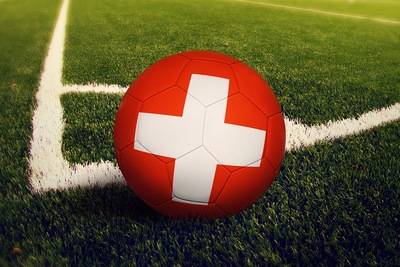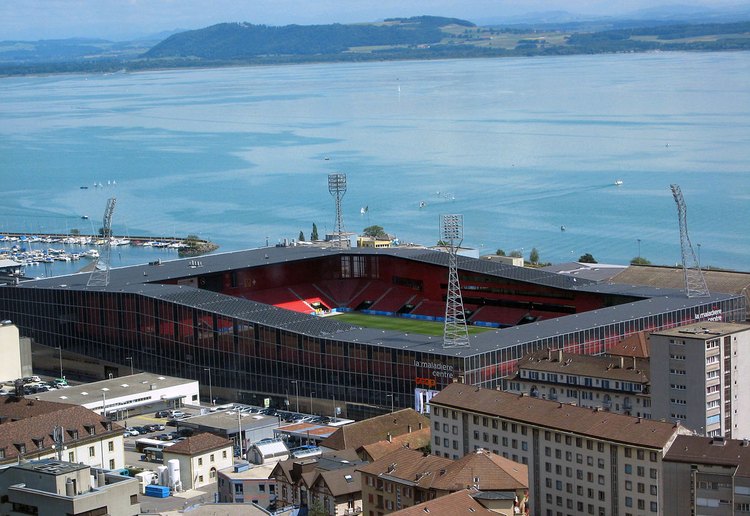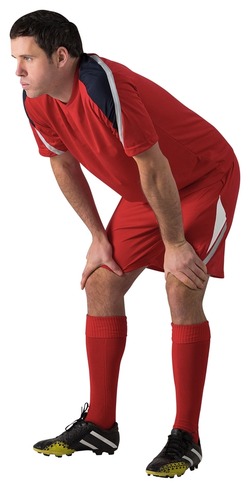Swiss Super League Stadiums & Stats
 Let’s be honest, the Swiss Super League isn’t exactly seen as one of the most exciting and exotic in European football.
Let’s be honest, the Swiss Super League isn’t exactly seen as one of the most exciting and exotic in European football.
In fact you’d have to have been pretty disappointed with the Premier League, La Liga, the Bundesliga, Ligue 1 and Serie A to turn to Switzerland for your footballing kicks.
We shouldn’t be such snobs, though, with Switzerland’s top-tier competition offering some brilliant stadiums and a few teams that often cause English opposition a fair few problems in Europe.
Here, we’ll tell you a bit about those stadiums as well as explain how the Super League works and tell you a little bit about its history. We’ll try to stay neutral too, just like Switzerland’s foreign policy.
Stadium Stats
| Stadium | Year Opened | Capacity | Ave Attendance | Record Attendance | Record Attendance Match |
|---|---|---|---|---|---|
|
St Jakob-Park
FC Basel 1893 |
2001 | 38512 | 29001 | 39730 | Switzerland v Czech Republic (2008) |
Team Stats
| Team | Year Founded | Nickname | Team Owner |
|---|---|---|---|
| FC Basel 1893 | 1893 | FCB, Bebbi, RotBlau | FCB Holding, David Degen |
Swiss Super League Stadiums

To suggest that there is a bit of a mix of stadiums in the Swiss Super League would be to underplay the truth on a massive scale. At any given time there can be grounds with a capacity of less than 10,000 running through to other places that can house nearly 40,000 people. The league also contains some stadiums that are quite ‘run of the mill’ and others that are state-of-the-art developments that the richest clubs in England would be pleased to call home – or at the very least copy and then scale up.
Stadiums in Switzerland tend to have at least one of two traits associated with them. They either have a space age look and feel, with all of the mod cons you’d expect to find in modern fancy stadiums, or else they sit near some of the best and most beautiful scenery in the entire world. Even the smallest and most ‘basic’ looking of grounds can feel majestic nestled at the bottom of snow covered mountains so incredibly picturesque that you half expect the football to be interrupted by Maria singing the sound-track from Sound Of Music.
If you want to explore a European country by visiting nothing but the football stadiums then there’s no question that Switzerland should be your first port of call. Yes England might offer more passion, Germany more spectacle, and Spain a better climate, but you will not get such a variety of interesting and well-placed football grounds as you’re like to come across in the Swiss Super League.
About The League
 Currently known as the Raiffeisen Super League because of sponsorship, the Swiss Super League is ranked a surprising eighteenth in UEFA’s coefficient league as of 2020/21. We say surprising because only ten teams actually compete in the league, so their performances have got to be reasonably impressive to get themselves so high up the greasy ladder of UEFA.
Currently known as the Raiffeisen Super League because of sponsorship, the Swiss Super League is ranked a surprising eighteenth in UEFA’s coefficient league as of 2020/21. We say surprising because only ten teams actually compete in the league, so their performances have got to be reasonably impressive to get themselves so high up the greasy ladder of UEFA.
Of course the other reason the Swiss Super League might be so high in UEFA’s co-efficient table is that nobody understands what the hell is going on over there. Like most of the other top leagues in Europe, the Super League enjoys a long season. Unlike all the others, though, the long season comes about because each team plays the other teams four times. They play once at home and once away before playing once at home and once away…again.
Due to complicated mathematics that we can’t be bothered to work out, that means that each team plays 36 games over the course of a season, with 180 games played in total by all clubs combined by the end of the year. Three points are awarded for a win, one for a draw and nothing for a loss, with the top two teams qualifying for the Champions League’s third qualifying round and the third and fourth placed team heading into the Europa League’s qualifying stages.
Swiss Super League History
 If the current set-up sounds weird then it’s as nothing compared to how to the league used to work. Before 2003 the league was competed for by twelve teams in a system so complicated that even Swiss football fans failed to understand exactly how it worked. We’re a nice bunch, though, so we’ll try to explain it to you as simply as we can.
If the current set-up sounds weird then it’s as nothing compared to how to the league used to work. Before 2003 the league was competed for by twelve teams in a system so complicated that even Swiss football fans failed to understand exactly how it worked. We’re a nice bunch, though, so we’ll try to explain it to you as simply as we can.
Under the old format that was known as the National League A, the season in Switzerland was divided into two phases; summer and winter. At the end of the initial phase, which was the winter one, four teams would head into a relegation play-off and the remaining eight teams would have their winter points tally cut in half before proceeding into a contest for the championship itself.
The cutting in half of the points was supposed to make it a slightly closer competition, with the team at the bottom of the eight teams that survived the cut off being brought closer to the team at the top thanks to the way the structure of the league worked. In practice it meant that the focus of the league system was on the bottom half off the league rather than the top, with the less successful teams forced to take ever increasing risks in order to avoid a relegation battle.
The reformed system might not be as exciting, with just the lowest placed team getting relegated and the highest placed team in the Swiss Challenge League getting promoted to replace them, but it’s an awful lot more easily understood. It brings the league vaguely in line with the rest of Europe too, and has allowed the Swiss Football Association to attract financial investment from companies that are willing to sponsor a league that they can now at least vaguely explain to their board members.
Historically, the team that has won the most top-tier league titles in Switzerland is Grasshopper Club Zurich. FC Zurich, FC Basel and the always amusingly named BSC Young Boys have all performed well in the past too, especially against English opposition in Europe. Of course some debate remains about whether or not Grasshopper Club Zurich have actually won all that many titles or whether people have simply failed to understand what on earth was going on and have awarded them the win because grasshoppers are quite cool.
